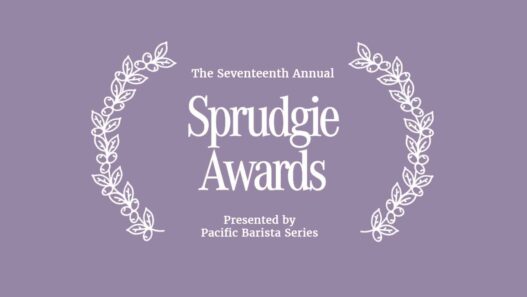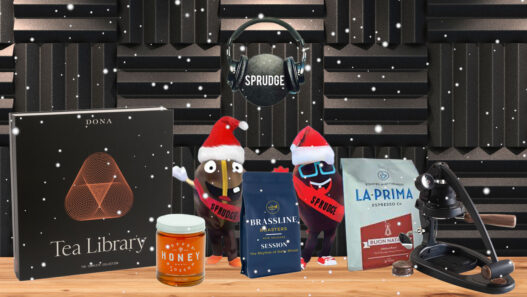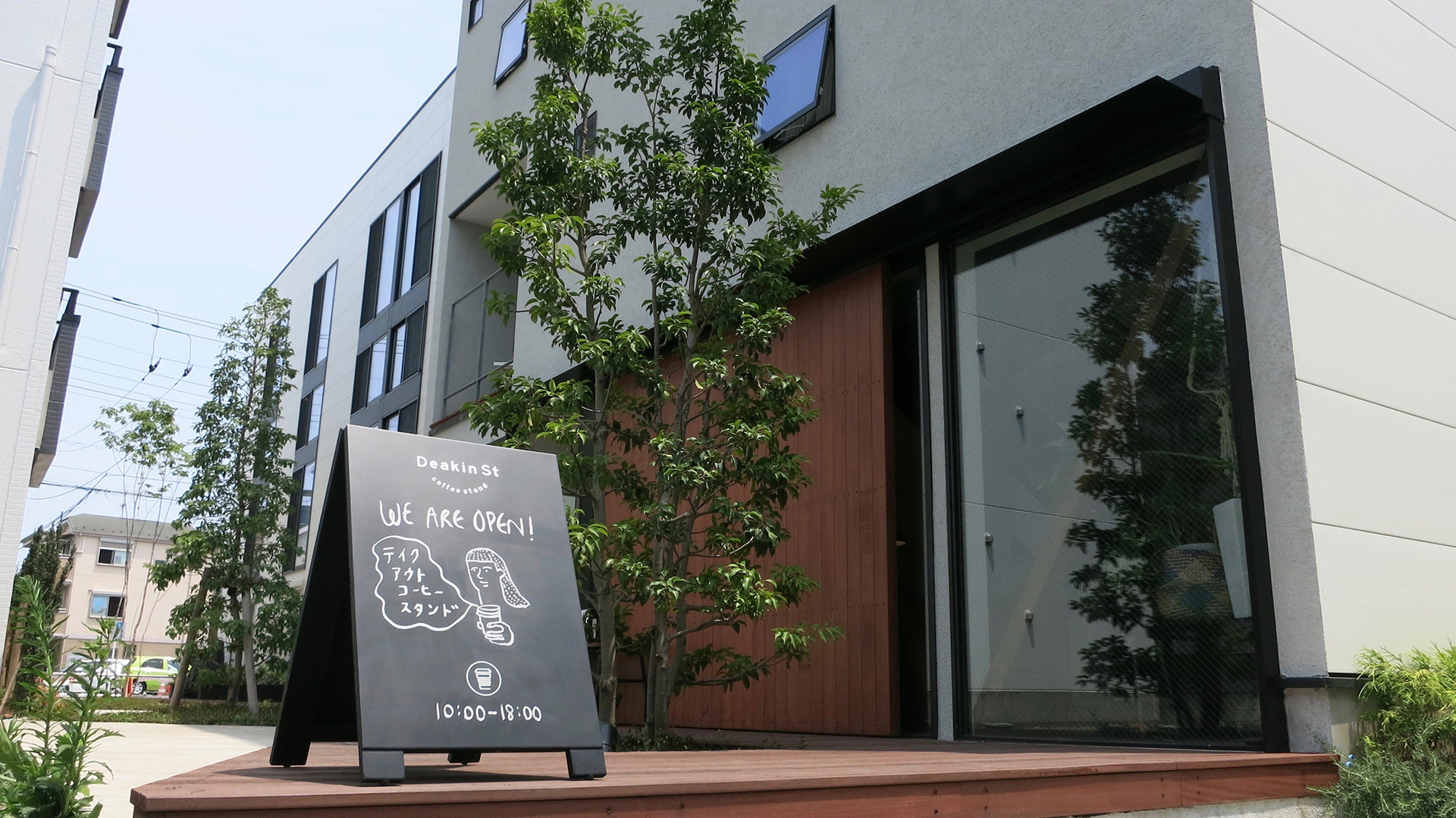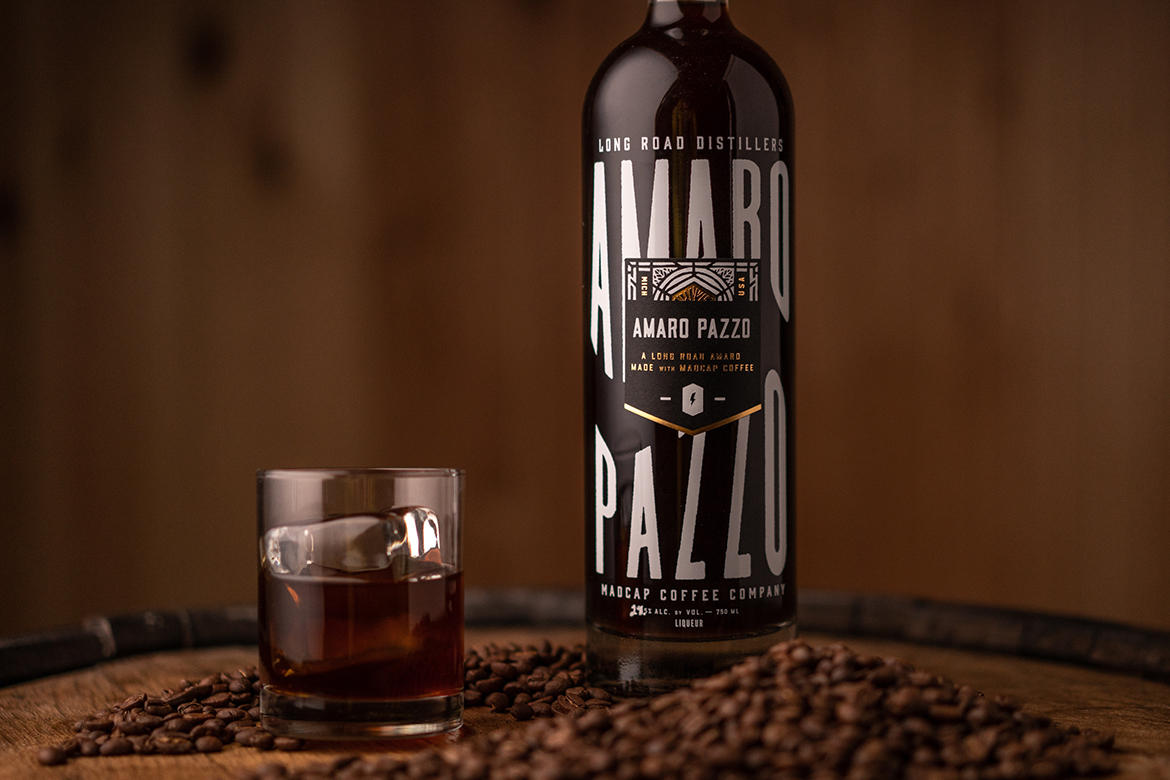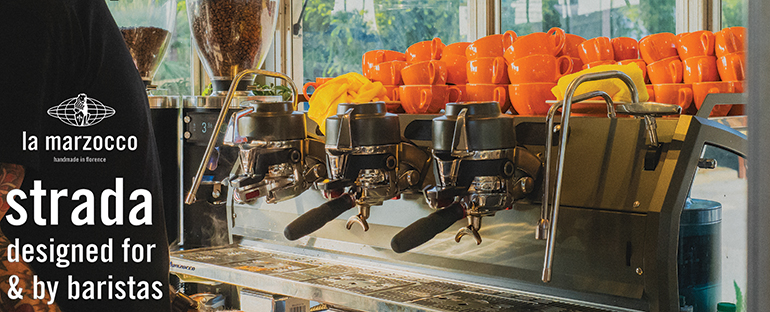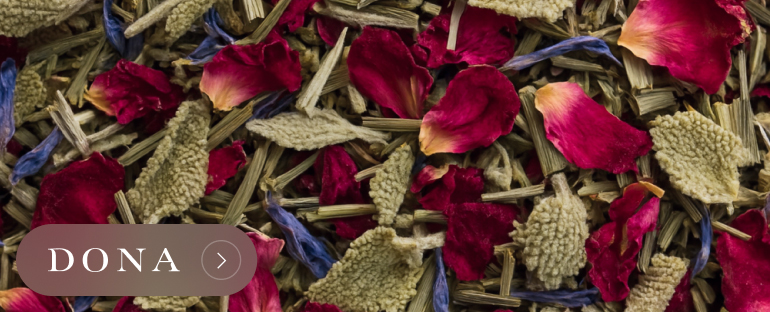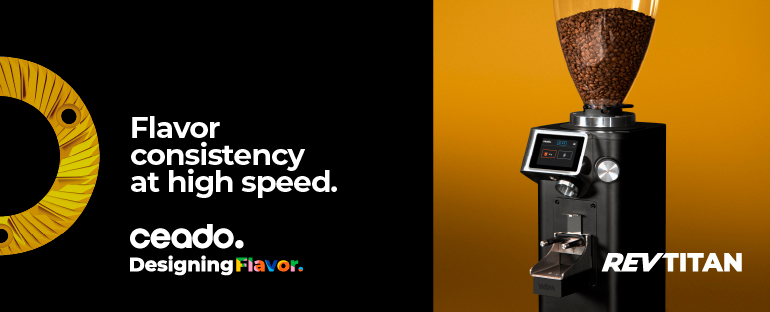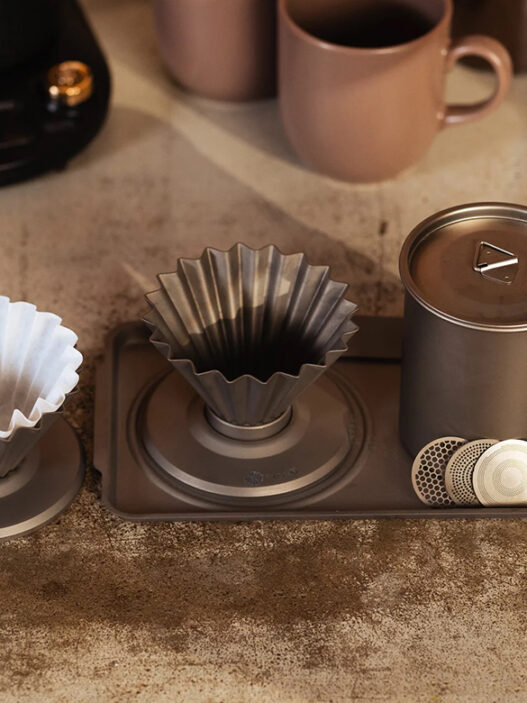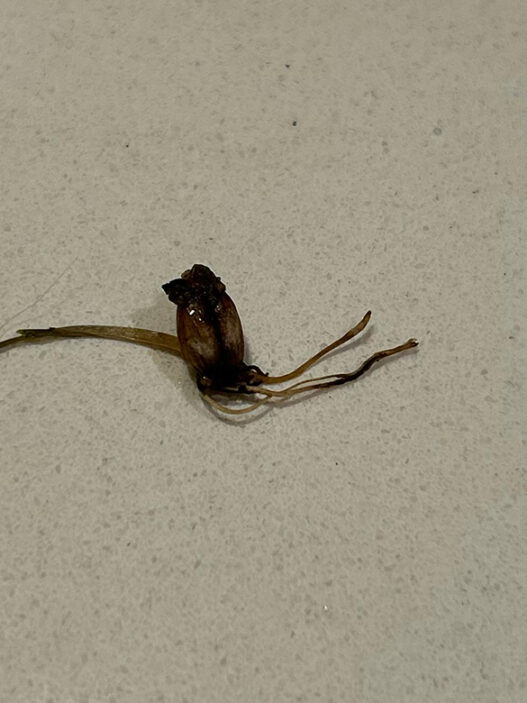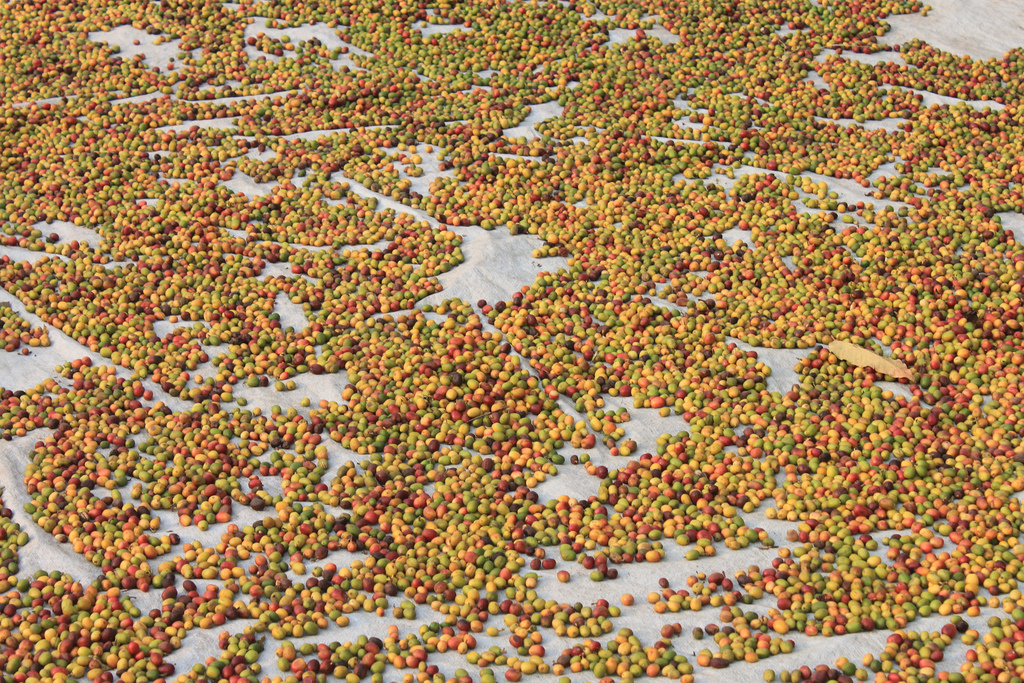
There’s a new threat to the growth of Arabica coffee in Colombia. It’s not climate change or leaf rust or unsustainably low prices. It’s Robusta.
According to the Wall Street Journal, Robusta hasn’t exactly been popular amongst Colombian coffee growers, going so far as to call it “reviled” in the “country that invented Arabica snobbery.” The revulsion, according to the article, comes from the perceived inferiority of the coffee’s flavor compared to that of Arabica. The article doesn’t outright say Robusta doesn’t taste good; the WSJ lets Andrew Hetzel do it.
“People say it tastes like tires. Like petroleum barrels,” said Andrew Hetzel, a consultant in the specialty coffee industry. “I’ve even heard it described as ‘the tears of children.’”
But the economics of growing Arabica are becoming less and less tenable, especially in the face of a viable alternative. Colombian Arabica averaged a price of $1.39 per pound, over half a dollar above the average Robusta price of $.87. But Robusta is easier to grow with a higher yield (and more disease-resistant) than Arabica. Couple that with the fact that Asia, the fastest growing coffee market, is dominated by Robusta and the move starts to make sense.
In the face of this changing market, some Colombian farmers and scientists are experimenting with Robusta. Nestlé has shipped 3,000 Robusta seedlings to Colombia that agronomists with the Agriculture Ministry are currently tending to under hyper-sanitary lab conditions; think sanitary smocks, hairnets, iodine foot baths, and three-stage entry “to keep out insects and microbes.” One businessman, Diego López, has been the last decade planting small amounts of Robusta around Colombia to find the conditions where it grows best.
And while the country originally balked at the idea of growing Robusta lest it taint the perception of their coffee quality, the Colombian government has since espoused growing it, thanks in no small part to an increase in Robusta’s quality. In fact, Sustainable Harvest‘s Chief Coffee Official Jorge Cuevas says that a good Robusta can be “creamy and intense, with a full, syrupy mouthfeel.”
[Cuevas] put it this way: If robusta and arabica walked into a bar, arabica would blend in, but robusta “would be bigger, louder, funny and charismatic. It would draw a lot of attention. You can’t miss it.”
Soon enough, specialty Robusta may be a much more common sight than it currently is. Imagine a coffee shop promoting “100% Colombian Robusta”—that could be your children’s future. Fucking climate change is real y’all.
Zac Cadwalader is the news editor at Sprudge Media Network and a staff writer based in Dallas. Read more Zac Cadwalader on Sprudge.
Top image from What Is Natural Coffee? Let’s Find Out From Counter Culture Coffee Expert Tim Hill




